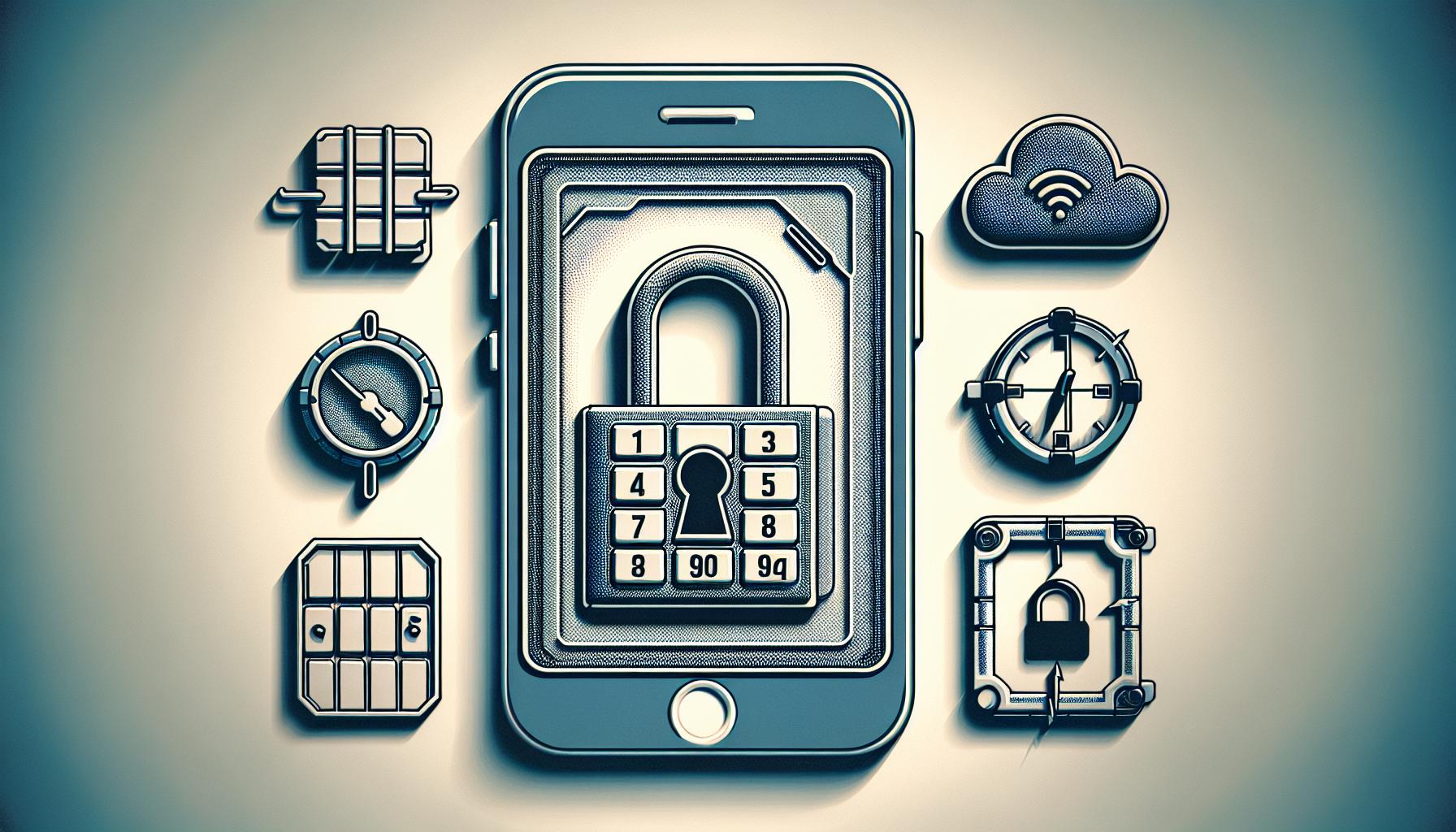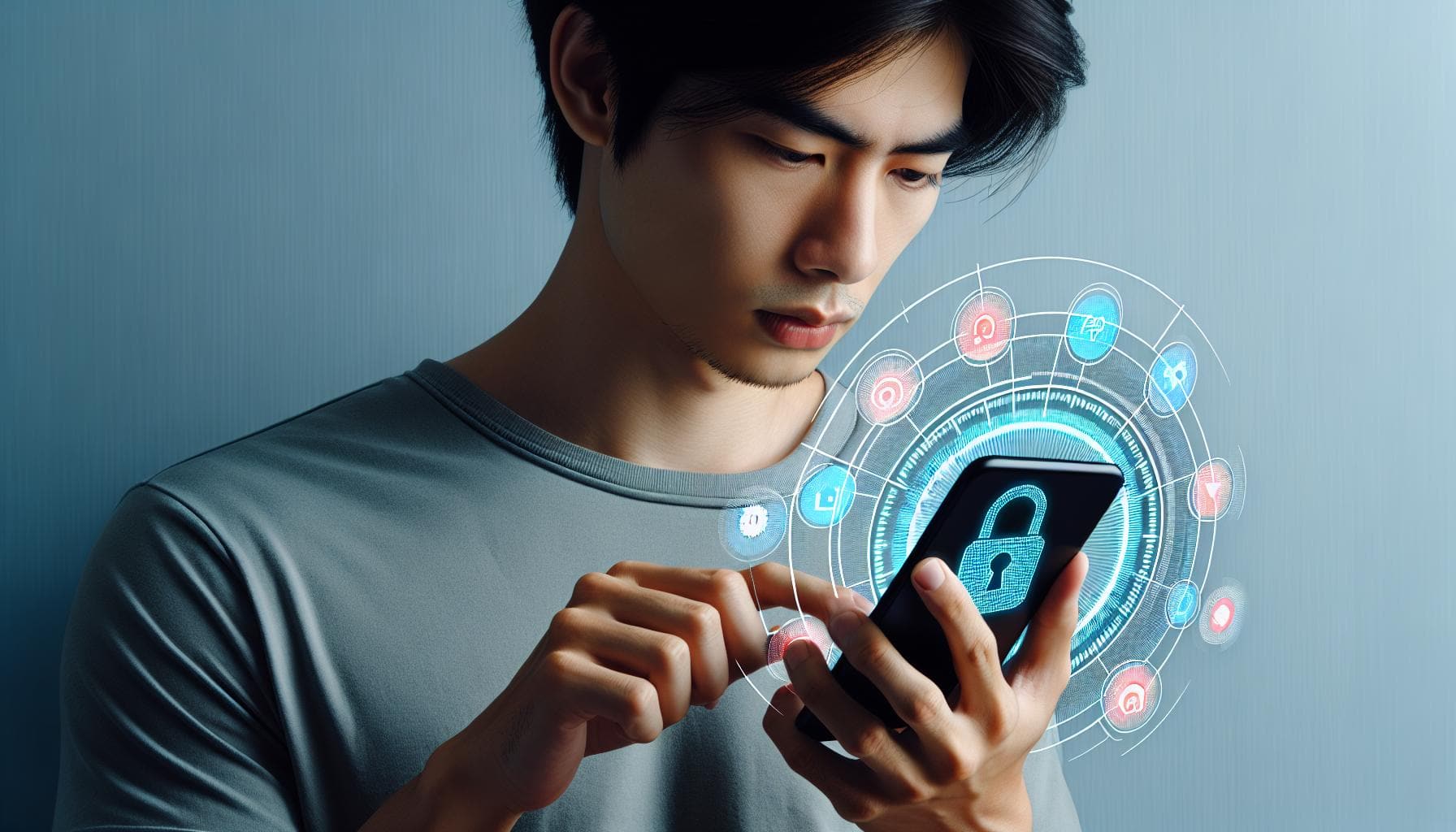Ever found yourself staring at an iPhone screen that just won't unlock? You're not alone. Many iPhone users have faced this predicament, and it's a situation that can be both frustrating and puzzling. But don't worry, you've come to the right place.
Unlocking an iPhone might seem like a daunting task, but it's actually quite straightforward when you know the steps. Whether it's due to a forgotten passcode or a second-hand iPhone, we'll guide you through the process. Let's dive into the world of iPhones and discover how to unlock these popular devices.
In this article, you'll learn not only how to unlock an iPhone, but also understand why iPhones get locked in the first place. So, sit tight and get ready to unlock the secrets of your iPhone.
Why Are iPhones Locked?
Understanding why iPhones get locked is fundamental to knowing how to unlock them.
One of the primary reasons for locking iPhones pertains to security. If your iPhone gets stolen or lost, it's your first line of defense. A locked iPhone - be it through a passcode, Face ID, or Touch ID - is a hurdle for unauthorized users aiming to exploit or sell your valuable data.
Secondly, iPhones may be locked due to carrier restrictions. To subsidize the high cost of iPhones, many carriers sell them at reduced prices, binding the device to their network for a set period. This lock ensures you stick to the contract before switching to a different carrier. It's critical to bear in mind that an iPhone locked to a carrier is distinct from one that's passcode protected.
The third reason may involve restrictions placed by the owner, such as parental controls. If you're a parent, it's possible to lock certain functions or apps on your child's iPhone to ensure they use it safely. But remember, sometimes, even the most tech-savvy parents forget their set restrictions, resulting in a locked iPhone.
Just remember, whether it's security, carrier-bound, or self-imposed restrictions - these locks are designed for your benefit and protection. But if you've forgotten your code, bought a used iPhone, or want to switch carriers - you'll need to tackle unlocking your iPhone.
Different Types of iPhone Locks

By now, you're clued in on why iPhones tend to get locked. What you may not quite grasp yet are the different types of locks that can be present on an iPhone. Let's break it down to give you a clearer picture.
iPhone Passcode Lock
This is the most common type of iPhone lock, and likely the one you're most familiar with. It requires you to enter a set passcode to access your iPhone's content. The passcode could be a numerical code, an alphanumeric password, a pattern, or even a biometric data like your fingerprint (Touch ID) or Facial recognition (Face ID) depending upon the model of your iPhone. Think of it as your personal guard against unwelcome access.
iPhone Carrier Lock
Your iPhone might be locked to a specific carrier. This simply means you can't just pop in another SIM card and start using a different network. It's a common scenario if you've purchased your phone on a contract. iPhone carrier locks ensure that the phone only functions with a specific service provider until the contractual obligations are fulfilled.
iPhone Activation Lock
An activation lock is Apple's theft deterrent feature. Once set up with your Apple ID, it completely locks your iPhone whenever it gets reset. This prevents anyone else from using the device, even after it is completely wiped off. It's iCloud's way of making sure that your data isn't accessible to anyone, even if the phone gets into the wrong hands.
iPhone Screen Time (Parental Control) Lock
Should you want to limit your child's use of the iPhone, or restrict access to certain features, screen-time (parental control) lock is a route to consider. This option lets you set a passcode that locks specific apps, privacy settings, or content according to your specified time limits.
Unlocking an iPhone with a Forgotten Passcode
Forgetting your iPhone's passcode can be stressful but Apple offers several methods to deal with such situations. With these methods, you can regain access to your phone and its content.
Using iTunes for Recovery
In case your iPhone is synced with iTunes, it's an accessible solution. A synced iPhone means that you've connected your device to your computer and selected 'Trust This Computer' on the pop-up that appeared on your iPhone’s screen.
To unlock using iTunes, follow these steps:
- Connect your iPhone to the computer you synced with.
- Open iTunes.
- If asked for a passcode, try another computer you've synced with or use 'recovery mode'.
- Wait for iTunes to sync your device and make a backup.
- After the sync and backup, click on ‘Restore iPhone’.
Please note that this method will erase your iPhone and its passcode. After the restore, you'll have the option to set up your phone from a recent backup, letting you regain your data and settings.
Restore using Recovery Mode
In case you've never synced your iPhone with iTunes or set up 'Find My iPhone' in iCloud, the 'Recovery Mode' option is available.
- Disconnect all cables from your iPhone.
- Hold down the 'Sleep/Wake' button and slide to power off.
- After the device is off, hold the 'Home' button and plug your iPhone into your computer.
- Keep holding the 'Home' button until you see the 'Connect to iTunes' screen.
If you don't have a computer, visit an Apple Store or Apple Authorized Service Provider to speak with a technician.
Using 'Find My iPhone'
If 'Find My iPhone' is enabled on your device, you can use it to erase your device. This will erase your device and its passcode.
- On another device, go to 'icloud.com/find'.
- If prompted, sign in with your Apple ID.
- Click 'All Devices' at the top of the screen.
- Select the device you want to erase.
- Click 'Erase [device]' to erase your device and its passcode.
- Now you can either restore from a backup or set up as a new device.
In the following sections, we’ll discuss how to unlock an iPhone with carrier lock, activation lock, and screen time lock.
Unlocking a Second-hand iPhone
If you've recently bought a second-hand iPhone, you may stumble upon carrier lock. This situation happens when the iPhone is 'locked' to a specific carrier, meaning you can only use service from that network provider. What do you do? There's a solution waiting for you!
- Contact the initial carrier: The simplest (and most legal) way to unlock your second-hand iPhone is by getting a hold of the original carrier. They'll typically unlock the device for free or a marginal charge, given that the previous owner has fully paid for the device and it's not marked as stolen or missing.
- Use a third-party unlocking service: If the original carrier isn't helpful or accessible, you could consider using a third-party unlocking service. Keep in mind though, this should be your last resort as it may void any remaining warranty on your iPhone.
Let's now focus on how to tackle the activation lock. This is a security feature that prevents others from using your iPhone if it's been lost or stolen.
- Remove via the Previous Owner: If you bought it off someone directly, kindly ask them to enter their Apple ID and password to remove the lock. If they're nowhere around, this can be done remotely via iCloud by going to Find My iPhone, selecting the device, and clicking "Remove from Account".
- Recovery Mode: If the above isn't an option, the only other way around the activation lock is to put your iPhone into recovery mode. Please understand this will erase all data on your iPhone.
Moving onto screen time lock, this is a new addition to recent iOS versions that limits how much time you can spend on specific apps. Forgot the passcode? Here’s the workaround:
- Reset using iTunes: You must back up your iPhone using iTunes, erase it, then restore it from the backup you just made. Remember while restoring, you must not restore the Screen Time passcode. Note this method will erase all your data and settings.
Unlocking your iPhone can be a bit tricky, but with these handy tips, you'll get through it! Next, we'll go into depth on how to reset your iPhone without losing data.
Conclusion
Unlocking an iPhone isn't as daunting as it might seem. Whether you're dealing with a carrier lock, activation lock, or screen time lock, there's always a way around it. You've learned how to approach the original carrier or use third-party services for carrier locks. You've also discovered how to handle activation locks through the previous owner or by using recovery mode. And if you're stuck with a screen time lock, you're now aware of how to reset your device with iTunes. Remember, the key is to take a systematic approach to each lock type. Stay tuned for our next piece where we'll delve into resetting an iPhone without losing any data. Keep these tips in mind and you'll be a pro at unlocking any iPhone in no time.
1. How do I unlock a second-hand iPhone?
You can unlock a second-hand iPhone that is carrier locked by contacting the carrier linked to that device. If this option fails, consider using a third-party unlocking service.
2. How to deal with the activation lock in a used iPhone?
When faced with an activation lock on a used iPhone, ask the previous owner to remove this lock if possible. Alternatively, use the iPhone's recovery mode to erase all data and remove the lock.
3. What steps can I take to reset the screen time lock?
To reset the screen time lock, you need to reset your iPhone using iTunes. This will also erase all data and settings, so remember to back up your data first.
4. Will the next section show me how to reset an iPhone without data loss?
Yes, the next section of the article will provide further information on how to reset an iPhone without losing your precious data.




